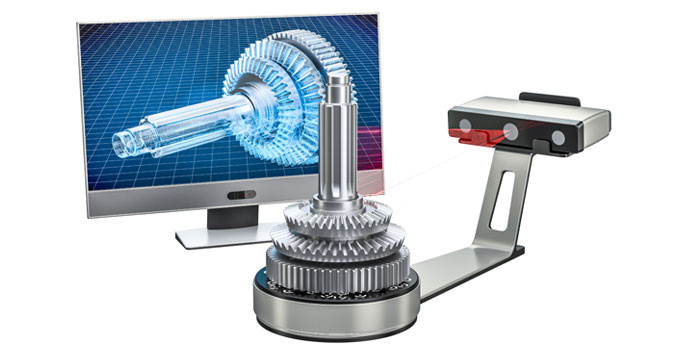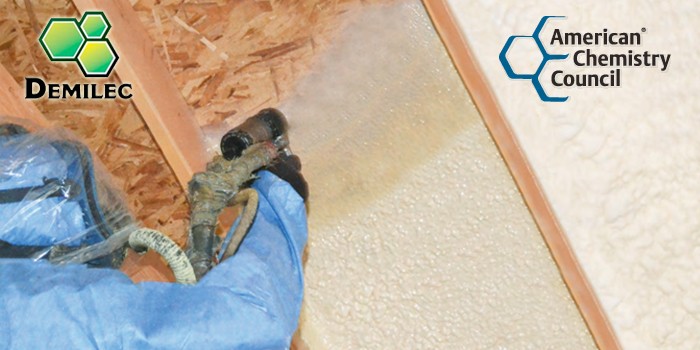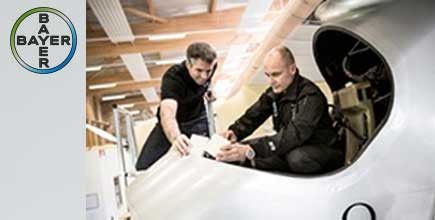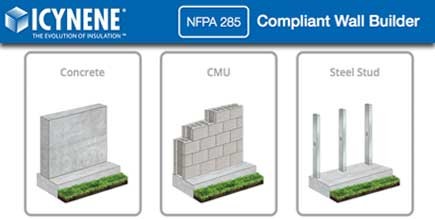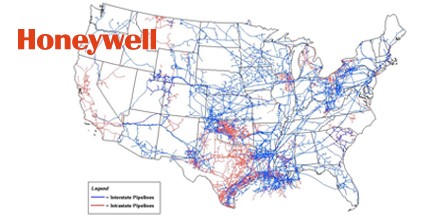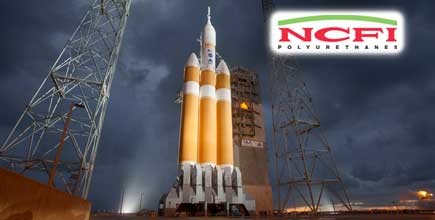The U.S. Green Building Council Releases the Top 10 States in Nation for LEED Green Building
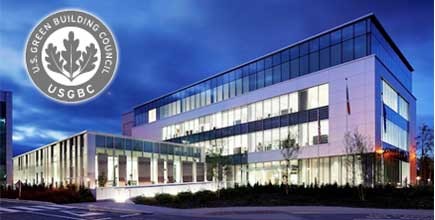
WASHINGTON, D.C. – April 7, 2014 – The U.S. Green Building Council (USGBC) recently released its ranking of the Top 10 States for LEED®, the world's most widely used and recognized green building rating system. The list highlights the regions around the country that are at the forefront of sustainable building design and transformation. Utilizing less energy, LEED-certified spaces save money for families, businesses and taxpayers; reduce carbon emissions; and contribute to a healthier environment for residents, workers and the larger community.
"The list of the Top 10 States for LEED is a continuing indicator of the widespread recognition of our national imperative to create healthier, high-performing buildings that are better for the environment as well as the people who use them every day," said Rick Fedrizzi, president, CEO and founding chair, USGBC. "As the economy recovers, green buildings continue to provide for jobs at every professional level and skill set from carpenters to architects. I congratulate everyone in these states whose contributions to resources saved, toxins eliminated, greenhouse gases avoided and human health enhanced help guarantee a prosperous future for our planet and the people who call it home."
The per-capita list is based on 2010 U.S. Census data and includes commercial and institutional green building projects that were certified throughout 2013. Among states, Illinois moved into the top position for LEED, certifying 171 projects representing 2.29 square feet of LEED space per resident.
"Both the public and private sectors in Illinois recognize that long-term investments in 21st century infrastructure should be done in ways that reduce energy consumption and protect the environment," said Illinois Gov. Pat Quinn. "Illinois is proud to be the nation's green buildings leader, and we are proof that a smaller environmental footprint can help us step toward energy independence."
The mid-Atlantic region reigned in 2013 with Washington, D.C., Maryland and Virginia all topping the list. Washington, D.C., had 106 LEED-certified projects representing 32.45 square feet of space per resident. Maryland and Virginia followed Illinois in the second and third positions, respectively, certifying 2.20 and 2.11 square feet of LEED space per resident in 2013.
Newcomers to the top 10 states list from 2012 include:
- Oregon, which certified 47 projects representing 1.83 square feet per resident in 2013;
- North Carolina, with 1.80 square feet per resident;
- Hawaii, with 1.71 square feet per resident; and
- Minnesota, with 1.55 square feet per resident.
New York and California, two of the most populous states in the nation, tied for fifth place, with each certifying 1.95 square feet of space per resident in 2013.
USGBC calculates the list using per-capita figures as a measure of the human element of green building, allowing for a fair comparison of the level of green building taking place among states with significant differences in population and, accordingly, number of overall buildings.
Reflecting the continued trend of LEED existing buildings outpacing their newly built counterparts, in 2013 the LEED for Building Operations and Maintenance rating system accounted for 48 percent of total square footage certified in these states. This compares to 43 percent of square footage certified under LEED for Building Design and Construction and 9 percent certified under LEED for Interior Design and Construction.
The full ranking is as follows:
Rank |
State |
Projects certified in 2013 |
Square feet certified in 2013 |
Per-capita square footage |
1 |
Illinois |
171 |
29,415,284 |
2.29 |
2 |
Maryland |
119 |
12,696,429 |
2.20 |
3 |
Virginia |
160 |
16,868,693 |
2.11 |
4 |
Massachusetts |
101 |
13,684,430 |
2.09 |
5 (tie) |
New York |
259 |
37,839,395 |
1.95 |
5 (tie) |
California |
595 |
72,729,476 |
1.95 |
6 |
Oregon |
47 |
6,991,942 |
1.83 |
7 |
North Carolina |
133 |
17,183,099 |
1.80 |
8 |
Colorado |
124 |
8,894,187 |
1.77 |
9 |
Hawaii |
17 |
2,323,379 |
1.71 |
10 |
Minnesota |
51 |
8,205,155 |
1.55 |
* |
Washington, D.C. |
106 |
19,524,216 |
32.45 |
*Washington, D.C. is not ranked as it is a federal district, not a state.
Notable projects that certified in these states in 2013 include:
- Illinois: The Illinois Holocaust Museum in Skokie, LEED Gold.
- Maryland: M&T Bank Stadium in Baltimore, LEED Gold, home of the Baltimore Ravens.
- Virginia: 1776 Wilson Blvd. in Arlington, LEED Platinum, the first commercial building in Arlington to earn Platinum certification.
- Massachusetts: The Massachusetts Green High Performance Computing Center in Holyoke, LEED Platinum, the first university research computing center to achieve Platinum certification.
- New York: Barclays Center in Brooklyn, LEED Silver, home of the Brooklyn Nets and future home of the N.Y. Islanders.
- California: SFJAZZ Center in San Francisco, LEED Gold.
- Oregon: The Edith Green – Wendell Wyatt Federal Building in Portland, LEED Platinum.
- North Carolina: Mother Earth Brewing in Kinston, LEED Gold.
- Colorado: Fort Collins Museum of Discovery in Fort Collins, LEED Platinum.
- Hawaii: Aulani, A Disney Resort & Spa in Kapolei, LEED Silver, the largest certified project in the state.
- Minnesota: The Carleton College Weitz Center for Creativity in Northfield, LEED Gold, the college’s third project to earn LEED certification.
Collectively, 1,777 commercial and institutional projects became LEED certified within the top 10 states in 2013, representing 226.8 million square feet of real estate. Worldwide, 4,642 projects were certified in 2013, representing 596.8 million square feet.
Cumulatively, more than 20,000 projects representing 2.9 billion square feet of space have been LEED-certified worldwide, with another 37,000 projects representing 7.6 billion square feet in the pipeline for certification. USGBC launched LEED v4, the newest version of the rating system, in the fall of 2013. The latest version continues to raise the bar for the entire green building industry, which McGraw-Hill Construction projects could be worth up to $248 billion in the U.S. by 2016. LEED v4 features increased technical rigor; new market sector adaptations for data centers, warehouses and distribution centers, hospitality, existing schools, existing retail, and midrise residential projects; and a simplified submittal process supported by a robust and intuitive technology platform.
About the U.S. Green Building Council: The U.S. Green Building Council (USGBC) is committed to a prosperous and sustainable future through cost-efficient and energy-saving green buildings. USGBC works toward its mission of market transformation through its LEED green building program, robust educational offerings, a nationwide network of chapters and affiliates, the annual Greenbuild International Conference & Expo, the Center for Green Schools and advocacy in support of public policy that encourages and enables green buildings and communities. For more information, please use the contact information and links provided below.
About LEED: The U.S. Green Building Council's LEED green building certification system is the foremost program for the design, construction, maintenance and operations of green buildings. Every day, more than 1.5 million square feet of space is certified using LEED. More than 57,000 commercial and institutional projects are currently participating in LEED, comprising 10.5 billion square feet of construction space in 147 countries and territories. In addition, more than 50,000 residential units have been certified under the LEED for Homes rating system. Learn more about LEED by clicking the link provided below.
*Photos courtesy of The U.S. Green Building Counciil (www.usgbc.org)
Disqus website name not provided.



